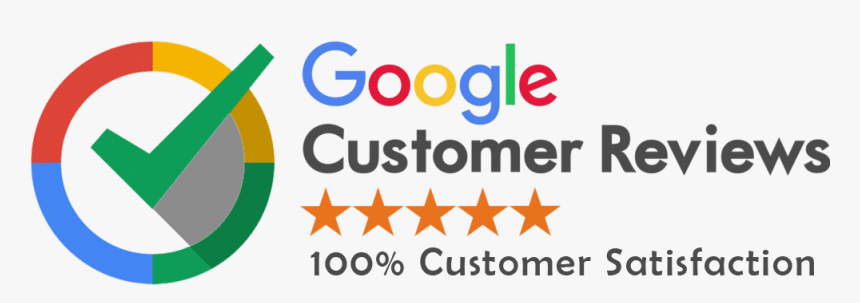A well-designed logo is the foundation of a strong brand identity. It visually represents a business and helps establish recognition and trust among customers. In today’s competitive market, companies invest significant effort into creating a unique logo that distinguishes them from their competitors. However, effective logo design requires careful planning, creativity, and an understanding of the latest trends. Here’s why logo design is crucial and how it impacts a brand’s success.

The Role of Logo in Branding
A logo is more than just an image; it is a symbol that communicates a brand’s message, values, and identity. Major companies worldwide use their logos as a powerful tool to attract customers and maintain loyalty.
- First Impression Matters: A logo is often the first thing potential customers notice about a brand. A well-designed logo creates a strong first impression, making a business appear professional and trustworthy.
- Brand Recognition: A memorable logo helps customers instantly recognize a company, making it easier for them to recall and choose its products or services.
- Emotional Connection: Colors, shapes, and fonts in a logo evoke emotions. For instance, red often signifies energy and excitement, while blue represents trust and stability.
Key Elements of a Successful Logo
Creating an effective logo involves several essential factors:
- Simplicity – A clean and uncluttered design makes a logo easy to recognize and remember.
- Uniqueness – A logo should stand out and not resemble competitors’ designs.
- Versatility – It should work well in different sizes, colors, and formats.
- Relevance – The design should reflect the brand’s industry and target audience.
- Timelessness – A good logo remains effective for years without needing frequent redesigns.
Psychological Impact of Logos
Logos influence how customers perceive a brand. Different colors and design elements trigger specific emotions and associations:
- Red – Passion, excitement, and urgency (used by brands like Coca-Cola and Netflix)
- Blue – Trust, security, and professionalism (used by Facebook and PayPal)
- Green – Health, growth, and eco-friendliness (used by Whole Foods and Starbucks)
- Black – Luxury, elegance, and power (used by Chanel and Nike)
Understanding color psychology can help businesses choose the right tones to align with their brand message.
Common Mistakes in Logo Designing
Many businesses make critical errors while designing their logos. Avoiding these mistakes can save time and money:
- Overcomplicated Designs: A cluttered logo can confuse customers and make it difficult to remember.
- Using Trendy Elements: While trends come and go, a logo should remain timeless to maintain brand consistency.
- Ignoring Scalability: A logo should look good on everything from business cards to billboards.
- Choosing Inappropriate Colors: Colors should align with the brand’s identity and industry norms.
Modern Trends in Logo Designing
To stay relevant, businesses must adapt to modern logo design trends. Some popular trends include:
- Minimalist Logos: Simple yet powerful designs that focus on essential elements.
- Responsive Logos: Logos that adjust to different screen sizes for better digital visibility.
- Geometric Shapes: Clean and structured designs that enhance brand perception.
- Animated Logos: Dynamic logos that create an engaging digital presence.
The SEO and Digital Marketing Connection
Logos also play a role in digital marketing. A well-optimized logo can enhance brand visibility and improve search engine rankings. By ensuring proper logo placement on a website, using relevant file formats, and incorporating SEO-friendly alt text, businesses can boost their online presence.
Conclusion
A well-designed logo is a critical asset for any business. It strengthens brand identity, builds customer trust, and enhances marketing efforts. Investing in professional logo design ensures a brand stands out and remains memorable in the long run. Whether you’re launching a new business or rebranding an existing one, a strategically designed logo can be the key to long-term success.


